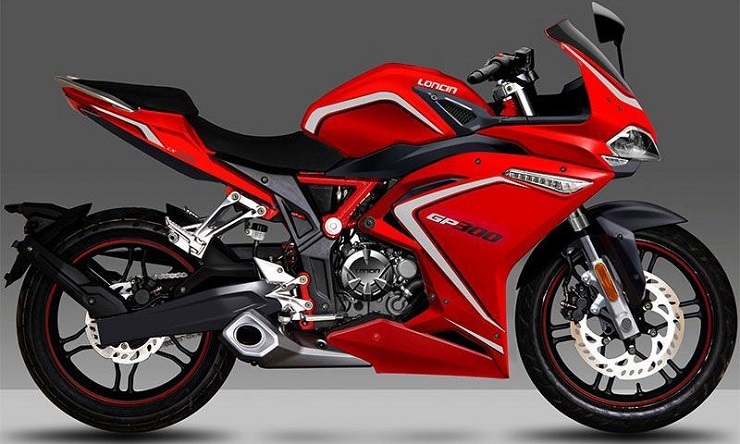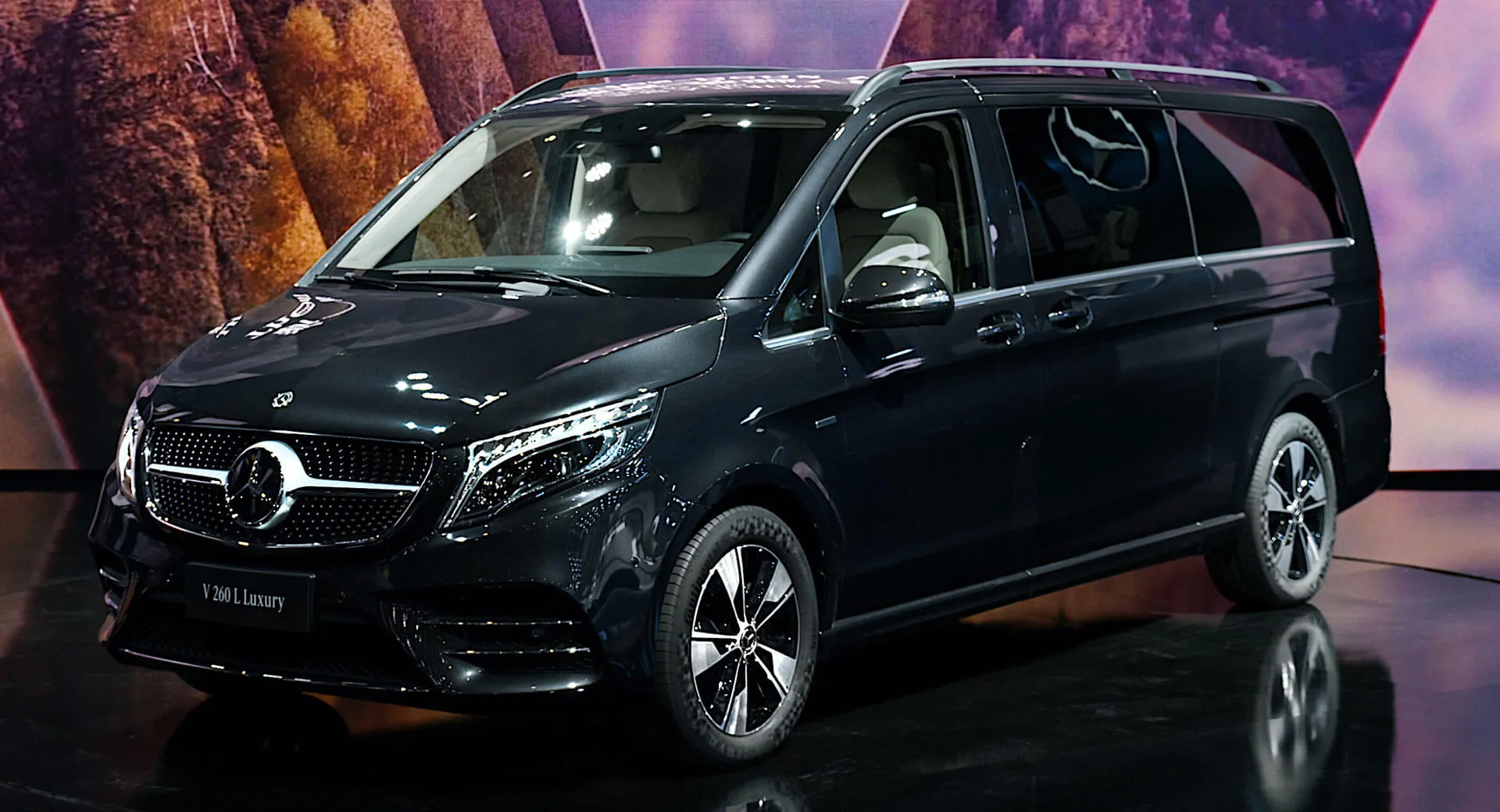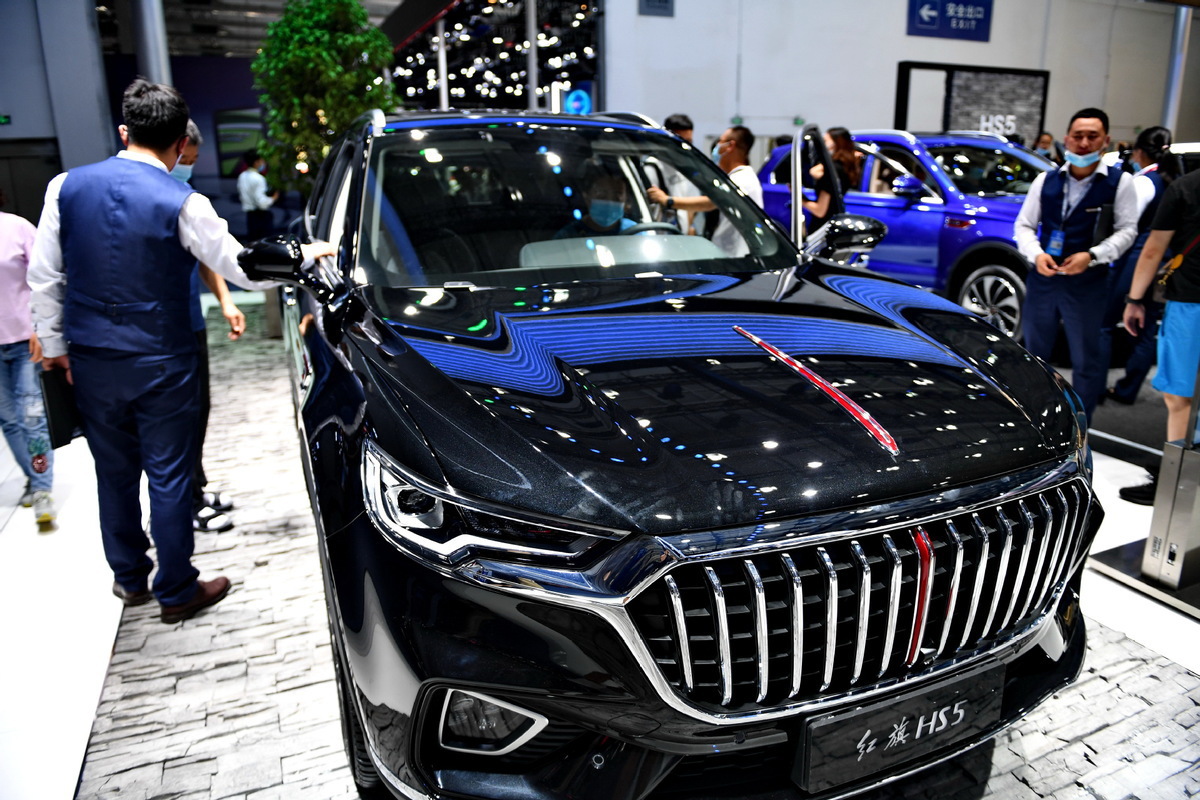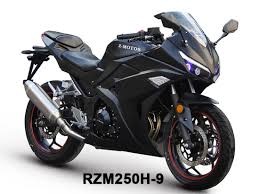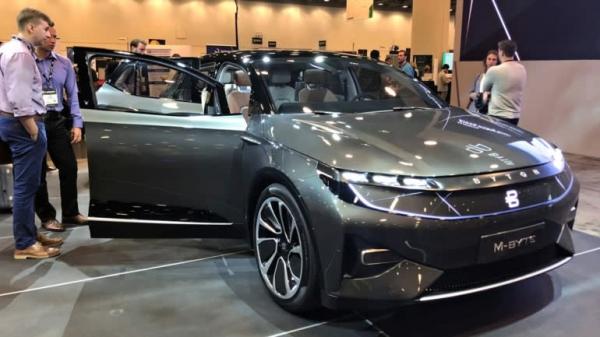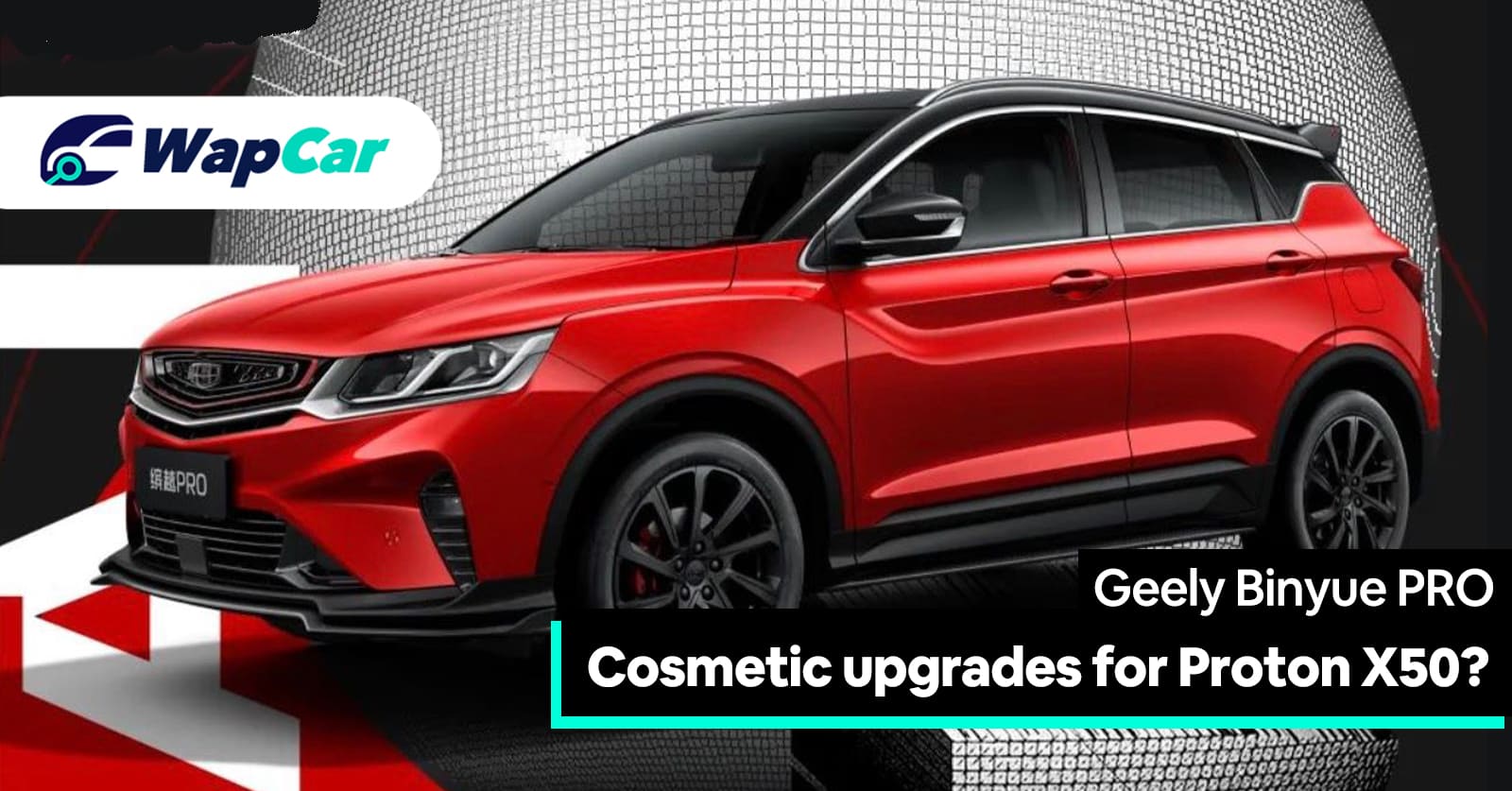
Small-capacity MV Agustas by 2021
MV Agusta has sealed a deal with Chinese bike brand Loncin that will see a range of four small-capacity MVs launched within the next two years.
The plan is to create a four-model family of MV Agustas using the Chinese firm’s mass-manufacturing expertise to give MV a foothold in the Asian market for smaller-capacity bikes. Although details of the new models have yet to be announced, it’s sure that at least one will be a naked ‘Brutale’ and another will be a small sports bike, taking its styling inspiration from the F3 and F4.
Loncin – which recently launched an upmarket brand called Voge to offer higher-spec, larger-capacity bikes – will also benefit from the deal. MV Agusta is to help the Chinese firm launch a range of 800cc models, presumably based around a derivative of the Italian firm’s F3 800 triple.
At the moment, Loncin has a couple of machines that could be used as the basis for new, mini-MVs. One is the GP300 sports bike, also offered as the Voge 300RR. Although its 292cc single is fractionally smaller than the planned 350cc minimum for the new MV range, a tweak to the bore and stroke could solve that problem to create a minature F-series (F1?) sports bike. There’s also a naked version, the Loncin CR6/Voge 300R, using the same chassis and engine – potentially a baby Brutale of the future. A neo-retro-styled version, the Voge 300AC, is also in the range, along with an adventure model, the Voge 300DS.
Stepping up a size, Voge also offers a selection of 471cc parallel twin bikes, all using an engine that’s effectively a clone of Honda’s CB500 unit. The naked Voge 500R and adventure-style 500DS could both conceivably be restyled to create MV-branded machines fairly easily.
Loncin’s President, Yong Gao, said: “The conclusion of the strategic agreement is conducive to Loncin’s and MV Agusta's joint response to the changes in global market demand and to the coordinated development of both sides. Loncin will use advanced manufacturing resources and Chinese market knowledge to help MV Agusta expand its product line and enhance product competitiveness. MV Agusta’s technology and advanced design experience of high performance motorcycles will support Loncin’s "VOGE" brand in becoming the market leader of premium motorcycles in China. I am looking forward to our strategic cooperation based on the principles of mutual benefit and success.”
Timur Sardarov, CEO of MV Agusta Motor, added: “This strategic alliance is an important step to consolidate our vision for the future of MV Agusta. Our target is to reaffirm our leadership in the production of upper-premium motorcycles, while also enlarging our customer base by offering a broader range of products without compromising our distinctive design and performance. We are looking forward to grow with the right partners and the right products, making sure that our clients enjoy the larger choice of models, all of which share the same DNA and MV Agusta pedigree.”
Nio to expand to Europe in 2021
The Chinese electric car startup Nio wants to implement its expansion plans faster than originally planned. Nio currently operates exclusively in China – now first vehicles from the manufacturer are to be offered in Europe as early as the second half of 2021.
Company CEO William Li announced that the brand is to be represented in the most important global markets by 2023/2024. In Europe, Nio initially plans to compete in individual countries but has not yet revealed which countries these will be.
The accelerated expansion plans could be related to the recently encouraging business figures for the second quarter of 2020. The balance sheet is much more positive than expected: Compared to the same period last year, sales volumes increased by almost 190 per cent, while turnover grew by almost 150 per cent.
It is quite possible that Nio could offer its models at significantly favourable prices in Europe. So far the startup offers their ES8, ES6 and EC6 in China. Nio recently put together a Battery as a Service package so that the Nio vehicles can be purchased optionally without a battery that makes them considerably cheaper, whereby the battery is rented including battery services. In order to implement the new offer, Nio has founded its own company called Battery Asset Company with CATL and two other partners. The new company will buy the batteries and lease them through the BaaS business model.
China, This Is Your 2021 Mercedes-Benz V-Class Luxury Minivan
Like its European counterpart, the 2021 V-Class offered in China sports an updated exterior design, new paint colors and rims, as well as the 9G-Tronic automatic torque converter transmission and AirMatic air suspension. The vehicle is also safer as it is available with Active Brake Assist and Highbeam Assist Plus.
New equipment has been added in the cabin, with an emphasis placed on the comfort of rear passengers. As a result, the 2021 V-Class has redesigned luxury seats in the second row, with heating, ventilation and massage functions, plus head restraints, leg and footrests, as well as light wood trim with embedded ambient lighting that decorates the backrests of the front seats, extended armrests, smartphone storage trays, cup holders and USB ports.
Offered in three trim levels (Pilot, Exclusive and Luxury), the facelifted minivan features the MBUX infotainment system, with a 10.25-inch touchscreen display, a touchpad on the center console and self-teaching voice control, activated by saying ‘Hey Mercedes’. Things such as Baidu Carlife, WeChat, Mercedes me connect, QQmusic and a variety of other features are also integrated.
Hongqi aims to sell 400,000 cars in 2021
FAW Group is considering a higher sales target for Hongqi in coming years, as the Chinese premium marque has become more popular than expected.
Hongqi car sales in the first six months of 2020 totaled 70,000. This represents a rise of 111 percent from the same period in 2019, despite a 22 percent fall in China's overall passenger car market.
"The sales goal of 200,000 set for Hongqi this year will not be a problem," said FAW Chairman Xu Liuping on Wednesday. He was speaking at an industry conference organized by Auto Business Review in Wuhan, Hubei province.
Xu said FAW is considering a more aggressive target for Hongqi, hoping its sales in 2021 to at least double this year's figure. In its plan, released in January, 400,000 was the goal set for 2022.
Xu said he hopes Hongqi sales could reach 500,000-600,000 in 2022 and 700,000-800,000 cars in 2025.
But he added that the targets have not yet been finalized and the company is researching the market.
Hongqi's new models including the H9 sedan have helped sales and a more important electric SUV, the E-HS9, is expected to hit the market in the fourth quarter this year, said Xu.
The models are part of a major campaign FAW started in 2018 to rejuvenate the premium brand, which was previously reserved for heads of state and senior government officials.
Sport Motorcycle, Listed in 2020, Original, Exclusive Agent
| Model: RZM250H-9 |
| Dimension:2080*760*1100mm |
| Wheel base:1430mm |
| Dry Weght:150kg |
| Max. Speed: 115km/h |
| Maximum weight capacity:160kg |
| Engine model: 167 FMM |
| Bore * Stroke: 67mm*65mm |
| Displacement: 250ml |
| Maximum Power: 10.5kW/7000r/min |
| Maximum Torque: 16.5N·m/5500r/min |
| Start Type: Electric start |
| Fuel tank Maximum capacity: 17L |
| Fuel Consumption: 3.2L /100km |
| Front Tire: 110/70-17 Tubeless |
| Rear Tire: 140/70-17 Tubeless |
| Front Brake Type: 2-Cylinders Disc |
| Rear Brake Type: 1-Cylinders Disc |
| Battery: 12V 9Ah |
| Packing size:1950*560*860mm |
CHINESE ELECTRIC CARS PREPARE US BLITZ IN 2020 DESPITE TRADE WAR
PALO ALTO, U.S. -- Chinese automakers plan to push ahead with major U.S. launches of electric vehicles in 2020 despite signs of rising protectionism and America's growing wariness of Chinese technology.
The moves by companies such as GAC Motor and Tencent-backed NIO come as China logged its first annual fall in new car sale in almost 30 years last year, leaving automakers eager to cultivate new markets abroad.
Chinese vehicles have failed to gain traction in America, amid stiff competition against U.S., Japanese, European and South Korean manufacturers. Most of the roughly 58,000 China-made vehicles exported to the U.S. in 2017 were produced by joint ventures established with General Motors and other non-Chinese producers. None of the purely Chinese brands have managed to win a following.
Simmering trade tensions will not make it any easier for Chinese makers to break into the U.S.
"It is highly unlikely that the U.S. will readily allow China-made vehicles into the country given that it is currently discussing imposing tariffs even on Germany," said Nobuhito Massimiliano Abe, an analyst at management consultancy A.T. Kearney. Abe also cited the need to build up brand recognition and sales networks in the U.S., as well as set up production plants, "which will require hundreds of millions of dollars of investment."
Despite these challenges, however, the rising popularity of electric vehicles and government policy promoting eco-friendly cars may give Chinese makers a chance to catch up in the U.S.
Chinese parts suppliers and developers of next-generation technologies like autonomous driving already have a large presence in America. According to Hong Kong-based consulting company ZoZo Go, about 107 Chinese auto-related companies are operating in the U.S.
Now, China's big brands are planning to enter the market and, they hope, build up their global standing.
"Our ultimate objective is to build the company into a world-class brand and a global player," said Yu Jun, president of GAC Motor, a subsidiary of Guangzhou Automobile Group.
GAC Motor is near the head of the pack. Although its brand is little recognized in the U.S., the company plans to launch there next year, having pushed back its original target of late 2019 due to the trade war.
The automaker unveiled its Entranze electric concept car at last month's North American International Auto Show in Detroit. Yu told media at the event that he feels the GAC brand will eventually win over American drivers.
"In 2015, we made the decision to enter the U.S. market, and since then we have been making steady progress," said Yu during GAC's fifth appearance at the show.
The Entranze is the first car developed by the auto group's design unit in Los Angeles.
Vying with GAC to become the first Chinese automaker to crack the U.S. market is EV startup Byton. During the 2018 Consumer Electronics Show in the U.S., the company's M-Byte electric sport utility vehicle drew favorable comparisons with Tesla models.
Established in 2016 by former executives of BMW and funded in part by Chinese internet service provider Tencent Holdings, Byton will launch M-Byte this year in China followed by rollouts in the U.S. and Europe in 2020.
And other vehicles are in the works. David Twohig, Byton's chief automotive engineer, said the company has "already built about 90 prototype cars."
The company formed a capital tie-up with Chinese automaker FAW Group last year and is now reportedly building a $1.7 billion plant in Nanjing with an annual production capacity of 150,000 units. It has also invested heavily in global R&D operations, creating a 1,500-strong engineering team that includes hires from Tesla and Apple.
NIO, another potential Tesla rival, also is planning a 2020 launch in the U.S. Founded in 2014, NIO counts Tencent and Chinese internet search engine Baidu among its shareholders. The company debuted on the New York Stock Exchange last year.
In 2018, new car sales in China logged their first yearly fall in 28 years due to a slowing economy and restrictions on the issuance of vehicle license plates. Although slumping car sales may be temporary, Chinese automakers will have trouble growing if they remain parked in the domestic market.
But they are receiving a firm push from the government. Strict new regulations mandate that a portion of auto production and sales be devoted to eco-friendly vehicles -- a move designed in part to make the industry more cost competitive and propel at least five Chinese automakers to the forefront of the global EV market by 2030.
Though the trade war and America's growing wariness of Chinese technology are undeniably creating headwinds, it is unlikely that Chinese automakers will give up on their U.S. ambitions, given that they have invested over $15 billion in U.S. auto-related operations over the past decade.
And while the two governments may be at loggerheads, their economies remain deeply intertwined.
"They call it sleeping in the same bed, dreaming different dreams," said ZoZo Go CEO Michael Dunne.
Hyundai Starex
The Hyundai Starex is a light commercial, 4-door van built by the Hyundai Motor Company in South Korea and Indonesia since 1997.
First generation models were known in Europe as the Hyundai H-1 and as the Hyundai H200 in the Netherlands. For the second generation, Australian and UK market models are sold as the Hyundai iLoad (cargo version), in Australia as Hyundai iMax and the UK as Hyundai i800 (people mover versions). European models are differentiated as the Hyundai H-1 Cargo (cargo version) and Hyundai H-1 Travel (people mover version). In the Netherlands, it is called Hyundai H300, in the Malaysia, only as Hyundai Starex Royale with Minivan, while the people mover version of the H300 is sold only for fleets.
Geely Binyue PRO launching in China, will we get a Proton X50 PRO?
Geely will be releasing a new variant of their B-segment SUV to be called the Geely Binyue PRO. It’s expected to make its market debut in China on 15 April 2020.
According to Chinese media outlets who received leaked photos of the Binyue PRO, it will be a mere cosmetic enhancement. This is unlike the Geely Boyue Pro which received an extensive upgrade in all aspects.
